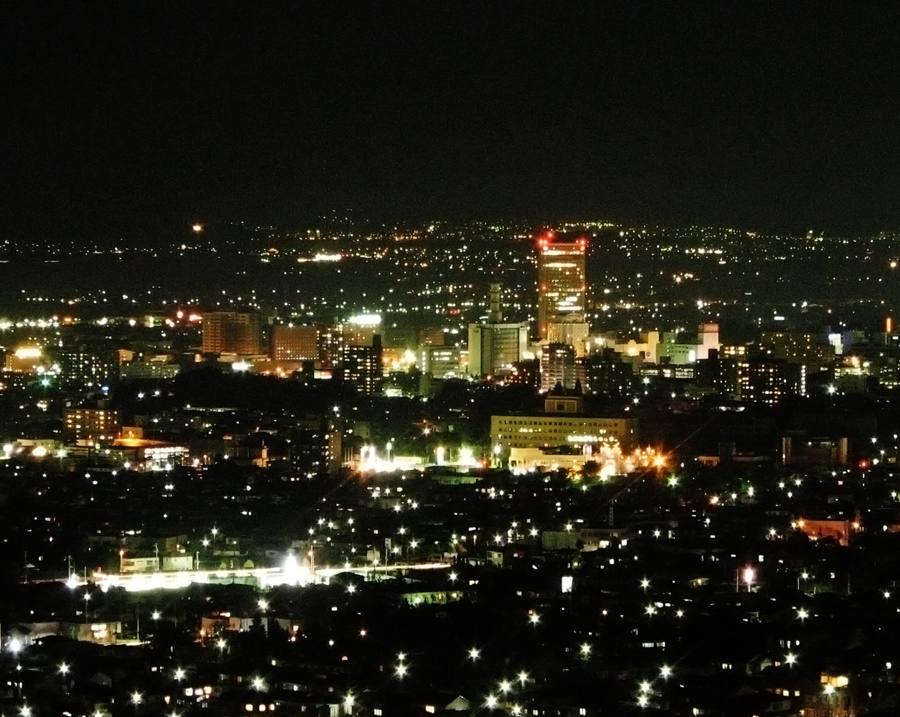- According to the EIA, lighting accounts for about 10% of residential electricity use (It's actually 9% to 14% depending on the document). I'm always thinking about self-consumption so my quesiton is... what percentage of this lighting occurs during daylight? I would SWAG for an average distribution of 25/75 to 33/66 day to night.
- Why SWAG when you can model? I added a few lines of code to PEPE just now that allows me to estimate the amount of lighting demand in dark vs. sunny hours. Initial results indicate that about 75% of lighting demand occurs when the sun is down compared to 25% when the sun is up. This is only an initial result but I'm going to roll with it.
- If LEDs reduce electricity used for lighting by 50% then the share of lighing in overall residential electricity demand goes from 10% down to 5%.

Pre-LEDs Conditions.
Overall household electricity demand is 100 kWh/year.
Lighting demand makes up ~10 kWh/year. 2.5 kWh during daylight and 7.5 kWh when dark
Self-consumption rate = 50% = 50 kWh/year
Post-LED Conditions.
Overall household electricity demand is shifted down to 95 kWh/year
Lighting demand makes up 5 kWh/year. 1.25 kWh during daylight and 3.75 kWh when dark. If you assume a worst case scenario 1.25 kWh decrease in daytime self-consumption due to the lost daytime lighting load your total consumption goes down to 48.75 kWh/year but your self-consumtion rate actually climbs to a smidge over 51%.
This is obviously only a sketch based on a preliminary simulation but caveats aside the results show that LEDs will positively complement photoelectrics in a non-negligible way. For me this means PEPE would be improved by adding a few lines of code that simulate how lighting stocks will/can/could change over the lifetime of the modeled photoelectric system. How many dollars is it going to add up to? All by itself it's not much but a little here and a little there adds up.
No comments:
Post a Comment